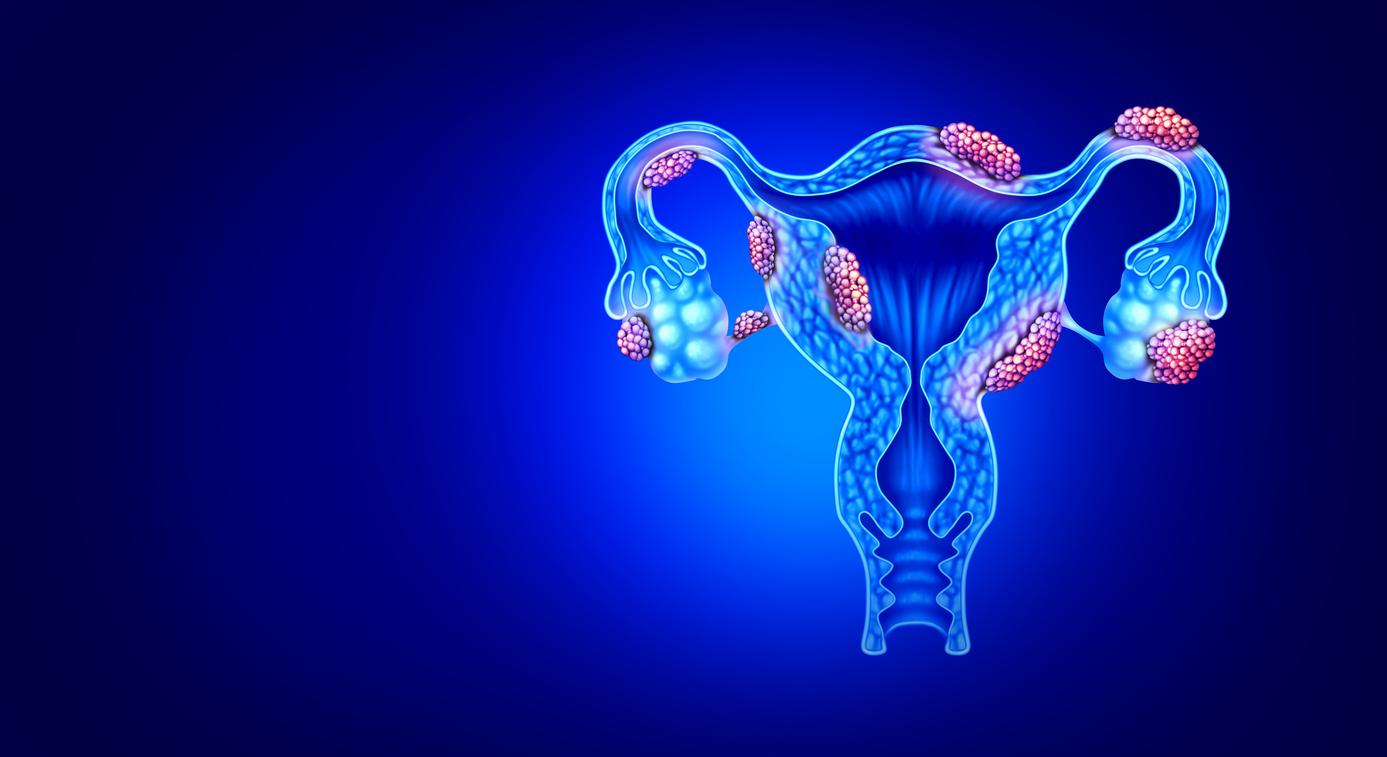While intra-articular injection is normally used to treat osteoarthritis of the hip when there is a progressive outbreak resistant to non-steroidal anti-inflammatory drugs and at rest, this route of administration is complicated to implement and is not without risk.
An intramuscular injection of glucocorticoids would also be effective, according to a new study. One of the new options available in the treatment of this common disease.
40 mg of triamcinolone acetate in the buttock
The test, published in Annals of the Rheumatic Disease, started from the observation that intra-articular injection of the hip was too invasive a procedure. To develop new treatments, the scientists decided to study a cohort of 107 patients with painful osteoarthritis of the hip. A first group was injected 40 mg of triamcinolone acetate in the gluteal muscle, while the second group received only a placebo injection.
Two weeks later, the results were clear: the patients who received glucocorticoids had much less pain in the hip than those who had not been injected. This effect lasted for the next 12 weeks, both in terms of the pain felt at rest and the pain felt when walking.
Healthy eating
According to
a new study, it would also be possible to reduce the symptoms of osteoarthritis by adopting a diet and a healthy lifestyle. Conducted by the University of Surrey, England, and published in the journal Rheumatology, the research examined in 68 previous works the link between diet and self-management of osteoarthritis pain.
Its conclusive results encourage people suffering from the disease to reduce their calorie intake, exercise regularly and consume essential fatty acids to reduce joint pain.
No specific treatment yet
In the largest genetic study to date on osteoarthritis, nine new disease genes were discovered by scientists at the University of Sheffield, 5 of which are directly involved in the worsening of the disease. The results, published in Nature Genetics, could open the door to the development of new targeted treatments for this debilitating disease which does not yet have a specific treatment.
Osteoarthritis is the most common musculoskeletal disease and one of the leading causes of disability worldwide. Its links with various associated diseases (diabetes, hypercholesterolemia, obesity) are not yet well understood.
A chronic joint disease, osteoarthritis affects cartilage (the tissue that covers the ends of bones in a joint). At times, the cartilage breaks down more quickly, causing what are known as attacks of osteoarthritis, or progressive inflammatory flare, which is usually very painful. The rest of the time, many pains associated with stiffness poison the lives of patients, despite the consumption of painkillers.

.

















